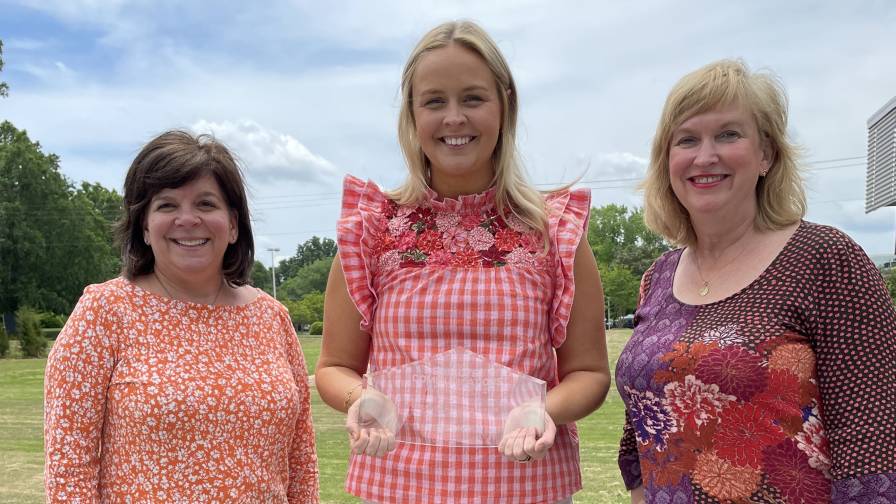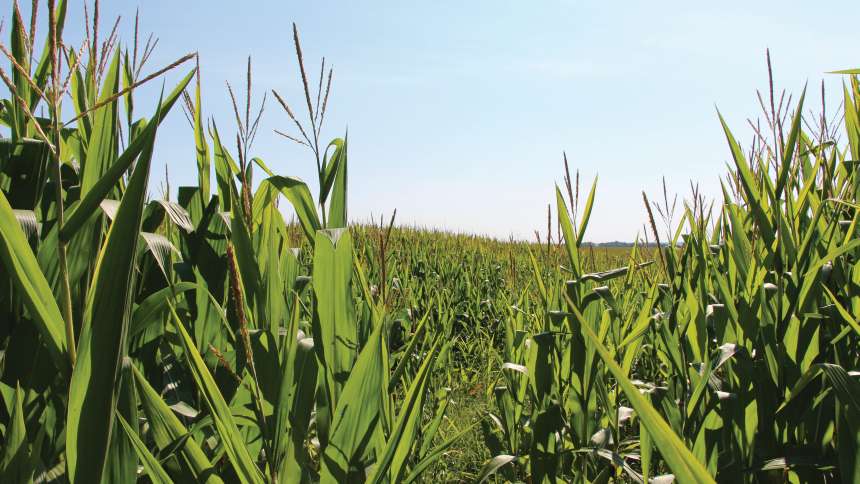Local Farmers’ Watershed Initiative: Continuous Improvement Is Possible In 5 Key Areas
The goal in the Big Pine Watershed Project is to more intentionally do what local farmers and responsible ag retailers already know how to do… that’s to strike the perfect balance between protecting the land, water and other resources and maximizing the productivity of some of the state’s most fertile acres.
And for growers who get to their NRCS office soon, there is an opportunity to receive funding to help implement best practices.
The Big Pine Watershed encompasses more than 209,000 acres, and stretches across Benton, White, Tippecanoe and Warren Counties. Thanks to the rich soil, more than 80% is devoted to crop production. Countless creeks, streams and tributaries on these acres ultimately flow in the Wabash River. In order to lead in promoting stewardship practices and improvements on these acres, Watershed Project organizers are focusing on five critical objectives:
- Reduce the nitrate load in the area with agronomic support to prevent it from entering streams that feed the Wabash River.
- Encourage use of cover crops that specifically use soil N rather than experience winter losses.
- Apply N efficiently in the upper soil profile to maximize uptake.
- Maximize the secondary benefit cover crops bring because they also compete against summer annual weeds in soybeans.
- Use the resources of invested partners to establish, measure and improve upon benchmarks in the area for benefit of generations to come.
Ceres Solutions, Land O Lakes, Winfield United, the Conservation Technology Information Center (CTIC), local Soil and Water Conservation Districts, the USDA Natural Resources Conservation Service and The Nature Conservancy are collaborating right now with area landowners and farmers to help achieve these objectives.
In recent weeks, materials have been published and growers have participated in individualized meetings to learn more about what the project can offer their operation. Funding is also available to participating growers who sign an EQIP contract and plan to submit an EQIP application through the local Natural Resources Conservation Service office. The first deadline to file is January 20, 2017, and expert help is available to navigate the paperwork process. There will be a subsequent enrollment period in March, but growers are encouraged to get the process started now to ensure they are among the first to apply for funding. For more information or assistance, contact your NRCS office or Ceres Solutions location. www.ceresllp.com.






